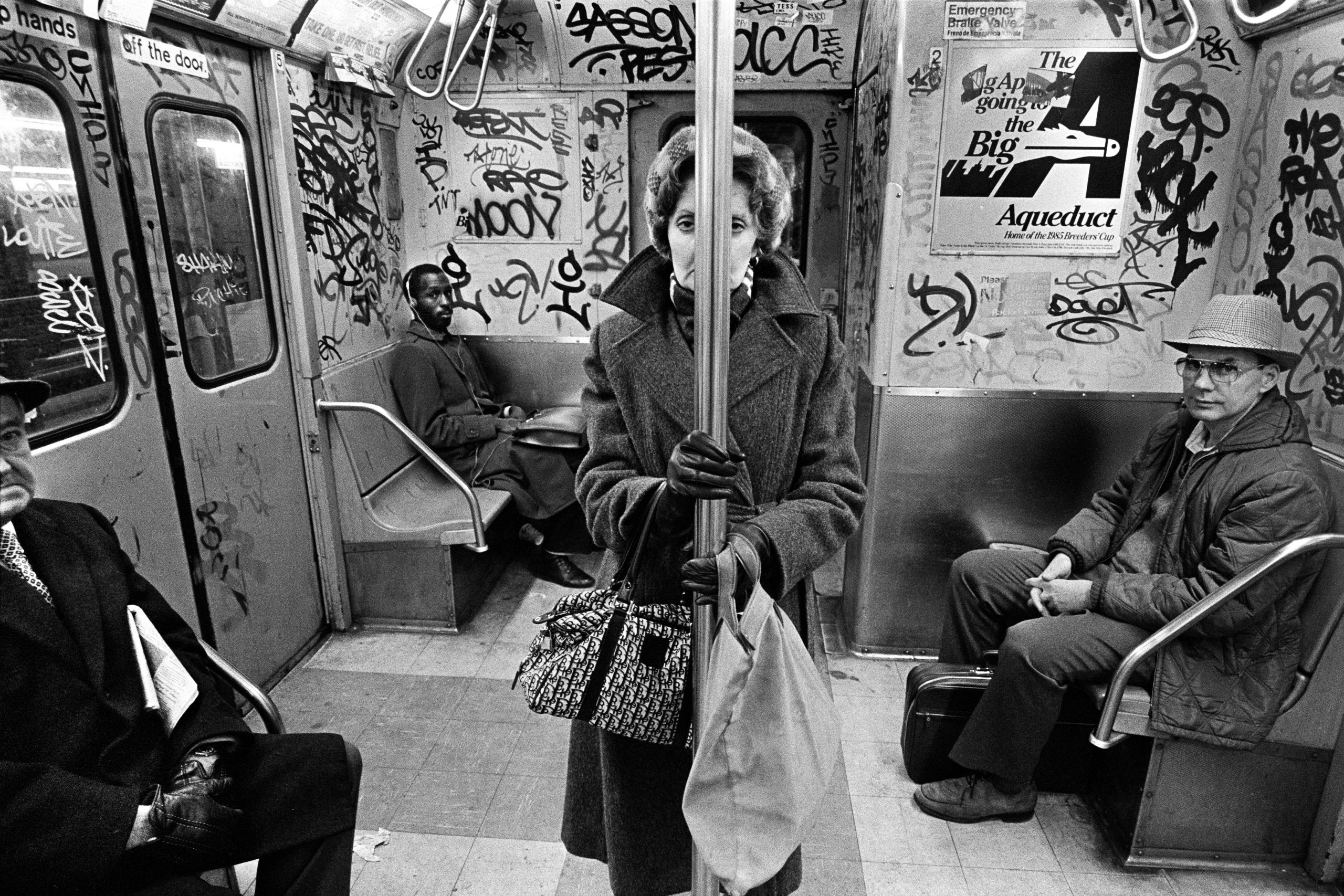Street Photographers for Dummies
Table of ContentsGetting The Street Photographers To WorkGetting The Street Photographers To WorkA Biased View of Street PhotographersGetting The Street Photographers To WorkIndicators on Street Photographers You Should Know
, a genre of digital photography that records day-to-day life in a public location. The very publicness of the setup enables the photographer to take candid photos of unfamiliar people, commonly without their knowledge. Road digital photographers do not necessarily have a social function in mind, however they choose to isolate and record minutes which could otherwise go unnoticed.He was affected by several of those that influenced the street photographers of the 1950s and '60s, he was not mainly interested in catching the spirit of the road. The impulse to aesthetically document people in public began with 19th-century painters such as Edgar Degas, douard Manet, and Henri de Toulouse-Lautrec, that functioned side by side with professional photographers trying to catch the essence of city life.
In comparison to Atget, digital photographer Charles Marville was worked with by the city of Paris to create an encyclopaedic record of Haussmann's urban planning job as it unravelled, thus old and brand-new Paris. While the digital photographers' subject was basically the very same, the outcomes were substantially various, demonstrating the impact of the photographer's intent on the character of the photos he created.
The 8-Minute Rule for Street Photographers
Offered the fine high quality of his photos and the breadth of product, designers and artists typically got Atget's prints to utilize as reference for their own work, though commercial passions were hardly his primary inspiration. Instead, he was driven to picture every last residue of the Paris he liked. The mingled enthusiasm and necessity of his objective shine through, causing pictures that tell his very own experience of the city, high qualities that anticipated street photography of the 20th century.

Unlike his peers, Brassa utilized a larger-format Voigtlnder cam with a longer direct exposure time, compeling him to be much more calculated and thoughtful in his technique than he could have been if using a Leica. (It is assumed that he might not have had the ability to pay for a Leica back then, yet he did, nevertheless, use one in the late 1950s to take colour photographs.) Brassa's photos of the Paris abyss lit up by fabricated light were a discovery, and the compilation of the collection that he published, (1933 ), was a significant success.

The Single Strategy To Use For Street Photographers
It is since of this fundamental understanding of the art of photo taking that he is commonly credited with rediscovering the tool all over again roughly a century given that its development. original site He took pictures for more than a half century and affected generations of professional photographers to trust their eye and intuition in the minute.
These are the concerns I shall try to respond to: And after that I'll leave you with my own definition of road photography. Yes, we do. Let's begin with defining what a definition is: According to it is: "The act of specifying, or of making something precise, distinctive, or clear".
No, absolutely not. The term is both limiting and misdirecting. Sounds like a street digital photography ought to be photos of a roads right?! And all road digital photographers, except for a handful of absolute beginners, will totally appreciate that a street is not the key element to street digital photography, and in fact if it's an image of a road with maybe a few boring individuals doing absolutely nothing of rate of interest, that's not street digital photography that's a photo of a road.
What Does Street Photographers Mean?
He makes a legitimate factor don't you believe? Nevertheless, while I concur with him I'm not certain "honest public digital photography" will capture on (although I do kind of like the term "candid photography") because "street photography" has actually been around for a very long time, with lots of masters' names affixed to it, so I think the term is right see this page here to stay.
Inside?! I hear you yell as you tremble your clenched fist to the skies. Why not? You can contend the beach, at an event, in a street, in a park, in a piazza, in a cafe, at a gallery or art gallery, in a city terminal, at an event, on a bridge, under a bridge ...
Yes, I hesitate we have no selection! Without policies we can not have a definition, and without a meaning we do not have a style, and without a category we do not have anything to specify what we do, and so we are embeded a "guidelines definition genre" loop! And no-one wishes to get stuck in Recommended Site a loop. - Street Photographers
